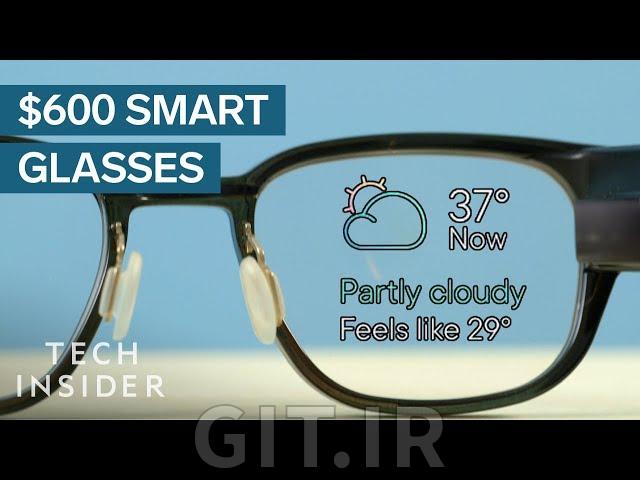چرا واقعیت ممکن است فقط یک توهم باشد
آنیل ست، استاد علوم اعصاب شناختی و محاسباتی در دانشگاه ساسکس، ارتباط بین ادراک و واقعیت را توضیح می دهد. ست معتقد است واقعیت همانطور که می دانیم از فعالیت مغز ما ناشی می شود.
Anil Seth, professor of Cognitive and Computational Neuroscience at the University of Sussex, explains the link between perception and reality. Seth believes reality as we know it comes from activity of our brain. Following is a transcript of the video.
Anil Seth: How do we know that we experience the real world? In fact, we probably don't. Everything that we perceive, everything that we experience, is a result of the brain interpreting the sensory information that comes in in a particular way.
I'm Anil Seth. I'm a professor of neuroscience at the University of Sussex in the UK. Now you could say that all of our experiences are all hallucinated. It's just that whenever we agree about what's out there, that's what we call reality. Brain brings to bear its prior expectations about what's out there in order to interpret this massive, noisy, and ambiguous sensory information that it continually encounters.
Perception, instead of just being a reflection of what's actually there in the world, is always this active process of interpretation. It's easy to assume that we see with our eyes. In fact, we see with our brains. Our eyes are of course necessary, but what we actually end up perceiving is much more a product of how our brain interprets all this information from the eyes than the eyes being this window into an objective external reality. And when the balance is disturbed between how the brain interprets sensory information and what the sensory information actually is, well, that's when people start to see things that other people don't, and that's what we call hallucination.
When you look at a cloud, and sometimes you can see faces in clouds, now that's a kind of hallucination. Other people who will see things that really other people don't see, that's just a different balance that they have between how their prior expectations influence the sensory data that comes in. Another aspect of this is when you take things like psychedelic drugs. That also leads people to have unusual experiences, to see things that aren't there. Again, it doesn't mean that these things really exist. It just means that your brain is working in a different way so that its prior expectations come to dominate this sensory information.
We can see a number of things that happen in the brain on psychedelics. One of the things that happens is the brain generally becomes a bit more disorganized. Normally in the brain, different parts of the brain have activity that correlates. So we see all these networks in the brain with different areas active at the same time, and then they diminish their activity at the same time as well. How visual hallucinations in the psychedelic state might come about could be that in the psychedelic state, what you perceive is dependent more on the brain than the sensory data that's coming in through the eyes and the ears. And we have the opportunity now to try to characterize exactly how and why this happens.
But what we experience as being real is a construction of the brain. So when I experience a particular color, that doesn't mean that color exists out there in the universe, that a red mug is actually painted some color that exists independently of my mind and brain. No, red is something that my brain constructs in order to interpret visual information. This leads to the question, is anything real? Is anything really there?











